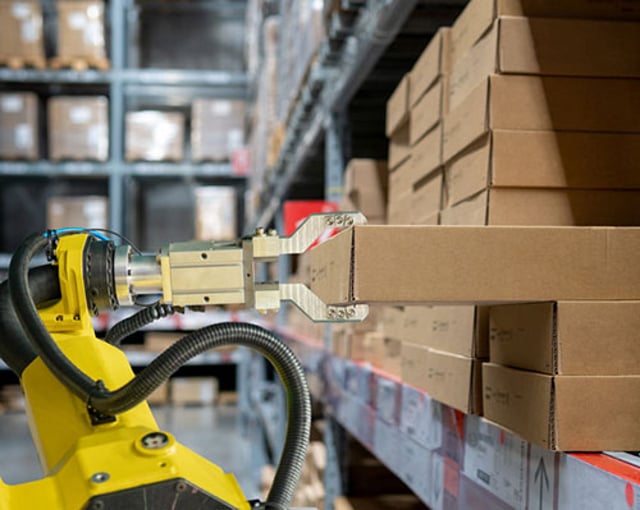Survey: Retail ‘winners’ view robotics differently
A new survey from RSR Research indicates that retailers with higher sales growth are more likely to see robots as customer service tools.
According to “The Real Role of Robotic Automation in Retail,” 45% of retail winners,” defined as retailers with same-store/channel sales growth above 4.5%, see improving the response process to increasing volumes of consumer inquiries (such as order status) as a top three business challenge driving them to add robotics. Only 24% of other retailers cited this challenge.
Retail winners are also more likely to view customer-facing challenges such as spotting mistakes on shelf labels (39% vs. 21%), offloading some tasks from humans so they can spend more time on customers (36% vs. 33%), and retrieving products for customers in-store (24% vs. 15%) as top three business challenges driving robotics rollout.
Conversely, retailers with average and below-average sales performance are more likely to view robots as tools for performing supply chain tasks such as spotting holes in inventory in stores (52% vs. 42%) and replacing humans in the warehouse (52% vs. 36%), and facilities management tasks such as cleaning and maintenance (30% vs. 21%). Interestingly, winners are twice as likely to cite improving inventory accuracy (18% vs. 9%), while other retailers were twice as likely to cite guiding customers to products in stores (12% vs. 6%).
Winners and other retailers had responses that were much more alike when asked to name the top three business challenges driving the addition of robotics in distribution centers. Similar percentages of winners and other retailers cited the need for more efficiency (94% vs. 88%), retail estate constraints (21% vs. 18%), humans making too many mistakes (18% vs. 21%).
The gap was somewhat wider for aging infrastructure repair/replacement costs (48% vs. 42%) and rising minimum wage (27% vs. 36%). The largest differences occurred in the percentage of respondents citing the need for more speed (76% vs. 55%) and difficulty finding labor (15% vs. 39%).
Across all respondents, the top three organizational inhibitors to moving forward with robotics are existing infrastructure not capable of supporting sophisticated technologies (53%), capex limitations (50%), and senior management having other priorities (44%).
RSR conducted an online survey from November-December 2019 and received answers from 66 qualified retail respondents.







